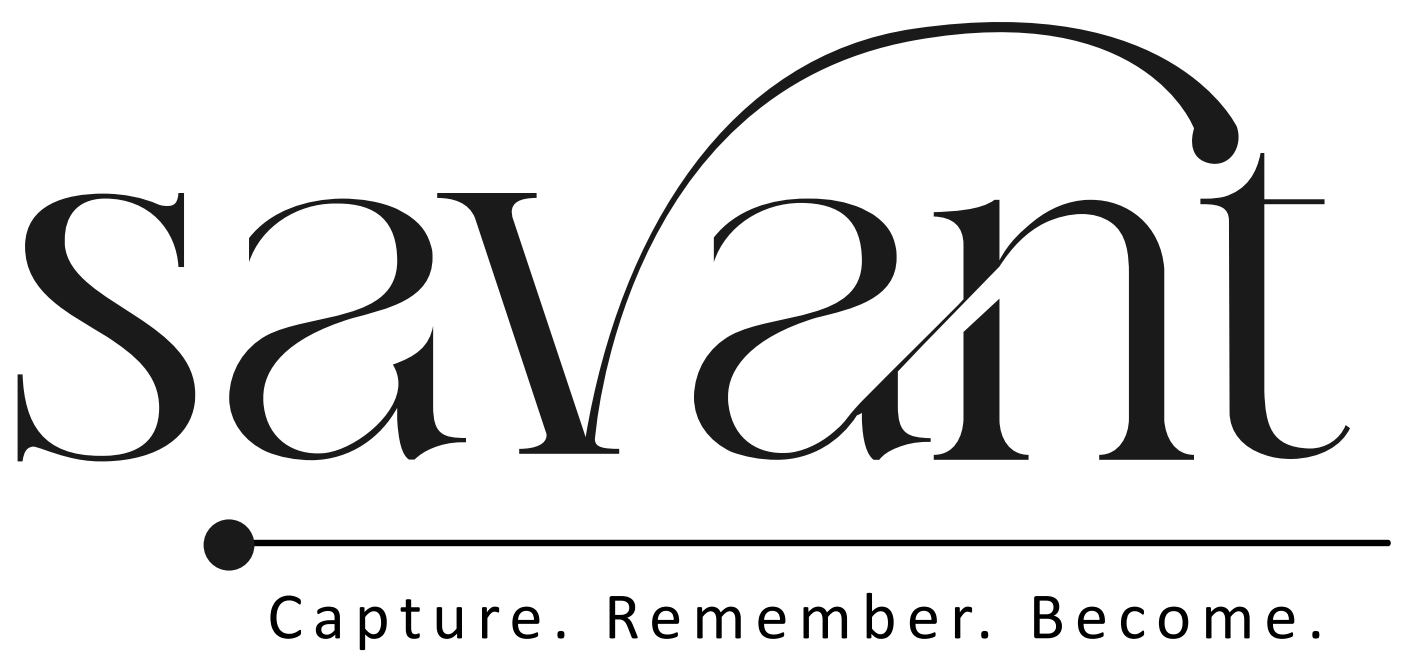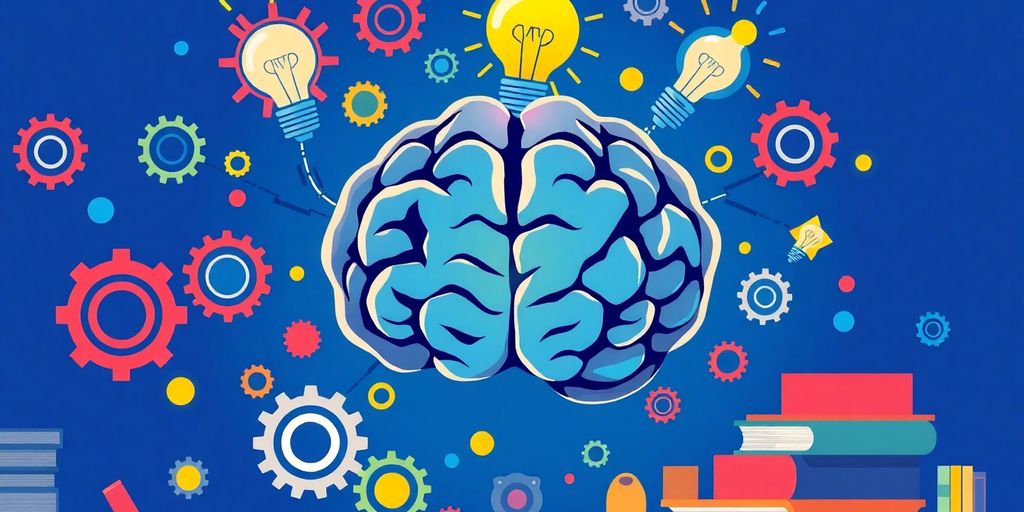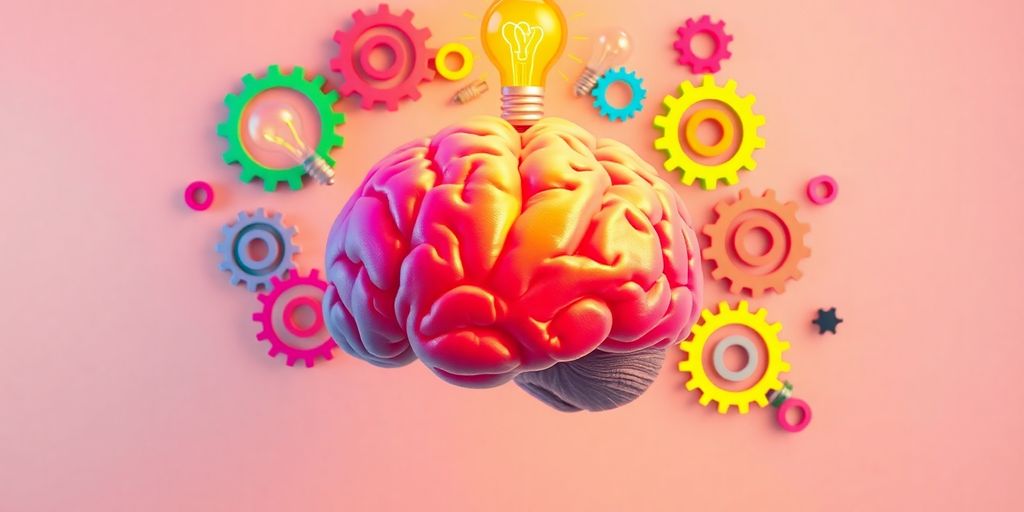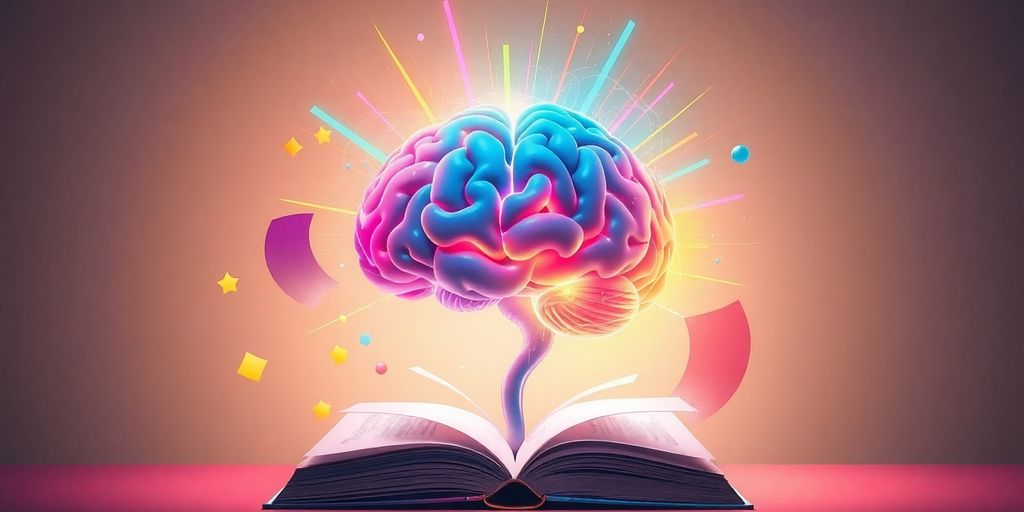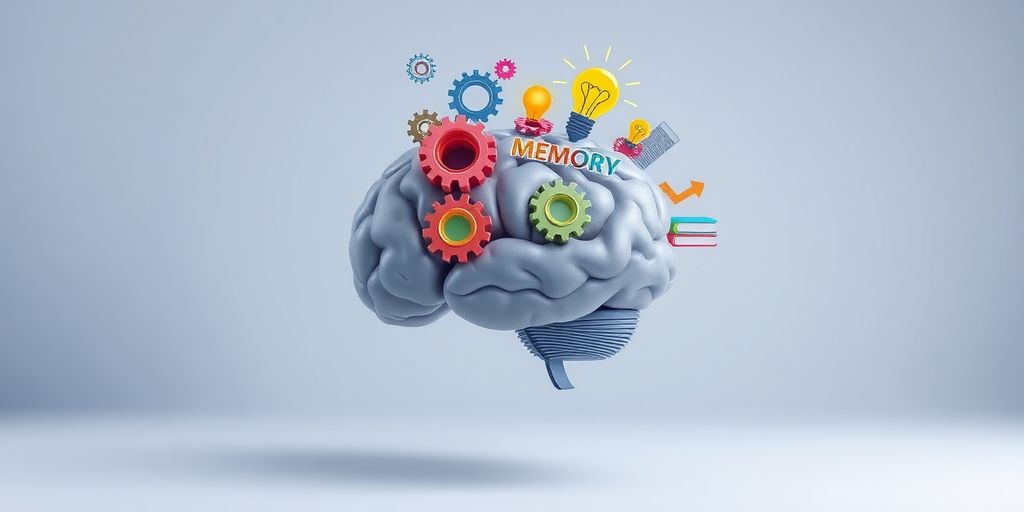Learning is more than just reading and memorizing. It’s about finding the right methods that fit your style, especially when it comes to taking notes. Whether you’re in a classroom or studying at home, mastering the art of note-taking can make a huge difference in how well you understand and remember the material. This article will guide you through various techniques to help you create effective learning notes, tailored to your personal preferences and needs.
Key Takeaways
- Understanding your learning style can help tailor your note-taking methods for better retention.
- Popular techniques like the Cornell Method and mind mapping cater to different learning preferences.
- Active learning strategies, such as self-testing and group discussions, enhance memory retention.
- Avoid common pitfalls by regularly reviewing and organizing your notes for clarity.
- Technology can assist in organizing and syncing notes, making study sessions more efficient.
Understanding Your Learning Style
Identifying Your Preferred Learning Methods
Ever thought about how you learn best? Some folks absorb information by reading, others by listening, and some by doing. Finding out your preferred learning style can make a world of difference. You might be a visual learner who benefits from diagrams and charts, or perhaps an auditory learner who grasps concepts better through discussions. Don’t forget about kinesthetic learners who need to move around and engage physically with the material. To figure out your style, try taking a learning style quiz or reflect on past study sessions.
Adapting Note-Taking to Your Style
Once you know your learning style, it’s time to tweak how you take notes. Visual learners might use color-coded sticky notes or mind maps. Auditory learners could record lectures and play them back. And kinesthetic learners? They might find jotting down notes while standing or even walking helpful. The key is to adapt your note-taking in a way that feels natural to you.
Benefits of Personalized Learning Notes
Crafting notes that cater to your learning style isn’t just a fun experiment—it’s super useful. Personalized notes can boost your understanding and retention of the material. They make studying less of a chore and more of an engaging activity. Plus, when your notes are tailored to how you learn, revisiting them becomes more effective. In the end, it’s all about making the learning process work for you.
Embrace your unique learning style and see how it transforms your study sessions. Personalized learning isn’t just about making things easier; it’s about making them more effective.
Exploring Popular Note-Taking Techniques
The Cornell Method Explained
Ever heard of the Cornell Method? It’s a classic, and for good reason. This technique organizes your notes into three sections: cues, notes, and summaries. You jot down key points in the main area, leave a narrow column on the left for questions or keywords, and save a few lines at the bottom for a summary. This method helps break down complex information into bite-sized pieces. It’s great for lectures or when you’re reading dense material. Plus, reviewing your notes becomes a breeze because everything’s already neatly organized.
Mind Mapping for Visual Learners
If you’re a visual learner, mind mapping could be your new best friend. This method involves creating a visual diagram around a central idea, with branches representing related topics or concepts. It’s like making a map of your thoughts, connecting ideas with lines, colors, and images. Mind maps are fantastic for brainstorming or when you’re trying to see the big picture. They’re not just for artists; anyone can benefit from this creative and engaging way to take notes.
Bullet Journaling for Organization
Bullet journaling isn’t just a fad; it’s a flexible and creative way to keep your notes and life organized. You start with a blank notebook and use bullets, symbols, and short sentences to record information. This method allows you to track tasks, jot down ideas, and even plan your schedule, all in one place. It’s perfect for those who love to customize their organization system. With bullet journaling, you can be as minimalist or as elaborate as you like, making it a personalized tool for capturing everything from daily tasks to lecture notes.
Note-taking is not just about writing down what you hear. It’s about capturing ideas in a way that makes sense to you and helps you remember and understand the material better. Whether you prefer structured systems like Cornell, visual methods like mind mapping, or the creative freedom of bullet journaling, there’s a technique out there that fits your style.
Enhancing Retention with Active Learning
Active learning is all about getting involved with what you’re studying. It’s not just about reading or listening; it’s about doing things that make the material stick in your brain. Active learning techniques improve retention and understanding by involving students in meaningful activities, promoting collaboration, and encouraging critical thinking. Let’s dive into some ways you can make your study sessions more engaging and effective.
Incorporating Self-Testing into Your Routine
Self-testing is a powerful tool. It helps you figure out what you know and what you need to work on. Try using flashcards or apps that let you quiz yourself. This way, you’re not just passively reading notes but actively recalling information. This method is particularly effective for memorizing vocabulary, formulas, and key concepts across various subjects. Regular self-testing can help reinforce memory and understanding.
Using Group Discussions to Reinforce Learning
Learning doesn’t have to be a solo endeavor. Forming study groups can be incredibly beneficial. When you discuss topics with others, you get different perspectives and explanations, which can deepen your understanding. Group discussions also encourage you to articulate your thoughts, making it easier to remember them later. Plus, teaching someone else is a great way to solidify your own knowledge.
Applying Real-World Scenarios
Connecting what you’re learning to real-world scenarios can make a huge difference. When you see how concepts apply outside the classroom, they become more relevant and easier to remember. Try to think of examples from your own life or current events that relate to what you’re studying. This approach not only reinforces your understanding but also makes learning more interesting and engaging.
Sometimes, the best way to learn is by doing. Whether it’s through self-testing, group discussions, or real-world applications, active learning is the key to making information stick. Don’t just sit back and absorb; get involved and make your study sessions count.
Avoiding Common Note-Taking Pitfalls

Overcoming Information Overload
Ever find yourself jotting down every single word during a lecture? Yeah, that’s a common trap. Instead of writing everything verbatim, focus on the main ideas and key concepts. This keeps your notes concise and more useful later on. Try using symbols or abbreviations to speed things up and capture only the essentials.
Structuring Notes for Clarity
Imagine opening your notebook and seeing a jumble of words with no clear order. Not helpful, right? That’s why structuring your notes is vital. Use headings, bullet points, or numbered lists to organize your thoughts. This not only makes your notes easier to review but also helps in understanding the material better. Check out our effective note-taking strategies for more tips on organizing your notes logically.
Regularly Reviewing and Revising Notes
It’s tempting to toss your notes aside once the lecture’s over, but hold on! Regularly reviewing and revising your notes is key to retention. Spend a few minutes after class to go over what you’ve written. This reinforces what you’ve learned and highlights areas that might need more attention. Plus, it keeps the information fresh in your mind for when exams roll around.
Taking the time to refine your note-taking habits can transform how you study and retain information. It’s all about finding what works for you and sticking with it. Happy note-taking!
Leveraging Technology for Better Notes
Digital Tools for Note-Taking
Nowadays, there’s a bunch of apps that can really step up your note-taking game. Evernote, OneNote, and Notion are some of the big players. They let you organize your notes in a way that’s easy to search and sort. Plus, you can throw in images, links, and even audio clips if that’s your thing. Digital notes can be a lifesaver, especially if you’re prone to losing paper ones.
Apps to Organize and Sync Your Notes
Imagine having all your notes synced across your phone, tablet, and laptop. That’s the beauty of apps like Google Keep and Microsoft OneNote. They automatically sync your notes, so you can access them anywhere. If you’re someone who’s always on the go, this can be a huge time-saver. Syncing ensures you’re never without your notes when you need them most.
Using Audio and Video for Enhanced Learning
Sometimes, writing notes isn’t enough. Recording lectures or discussions can be super helpful. Apps like Otter.ai transcribe audio into text, making it easier to review later. And let’s not forget about video. Recording a quick video summary of what you’ve learned can reinforce your understanding. It’s like having your own personal memory retention booster.
Time Management and Note-Taking
Finding the right balance between study and rest is crucial. You don’t want to burn out, right? Taking regular breaks can actually boost your productivity. Try methods like the Pomodoro Technique—study for 25 minutes, then take a 5-minute break. This rhythm helps keep your mind fresh.
Setting goals isn’t just for big projects. Break your note-taking into smaller, manageable tasks. Instead of "finish all notes," aim for "summarize chapter one." This makes the task less daunting and more achievable.
Make note-taking a part of your daily routine. Like brushing your teeth! Allocate specific time slots for reviewing and writing notes. Use planners or digital tools to keep track. This way, note-taking becomes a habit, not a chore.
The key to effective time management is making sure your study time is productive, not just busy. By organizing your time and setting clear goals, you’ll find that you can achieve more with less stress.
Feedback and Continuous Improvement
Seeking Peer and Instructor Feedback
Getting feedback from others can really help you see where you’re at with your note-taking skills. Effective feedback strategies significantly enhance student learning and improve educational outcomes. Ask your classmates or teachers to look over your notes. They might spot things you missed or suggest ways to make them clearer. It’s like having a second pair of eyes to catch stuff you might overlook.
Reflecting on Your Note-Taking Progress
Taking time to think about how you’re doing with your notes is super important. Keep a little journal or a digital log where you jot down what works and what doesn’t. This way, you can see patterns over time. Maybe you find out that doodling in the margins helps you remember stuff, or that color-coding is your thing. Whatever it is, knowing your habits helps you improve.
Adapting Techniques for Better Results
Don’t be afraid to switch things up if your current methods aren’t cutting it. Try different note-taking styles, like mind mapping or bullet journaling, to see what fits best. It’s all about finding what clicks for you. Set some goals, like "I’ll try this new method for a week and see how it goes." If it works, great! If not, tweak it or try something else. Learning is all about adapting and finding what suits you best.
Consistent reflection and adaptation in your note-taking approach can lead to significant improvements in both understanding and retention. Remember, the goal is to make your notes work for you, not the other way around.
Wrapping It Up
So, there you have it! Mastering the art of taking notes isn’t just about scribbling down what you hear or read. It’s about finding the right techniques that fit your style and sticking with them. Whether you’re a fan of the Cornell Method, mind maps, or just good old bullet points, the key is to keep experimenting until you find what clicks. Remember, it’s not just about capturing information; it’s about making it work for you. So, grab your notebook, try out a few methods, and see what sticks. Happy studying!
Frequently Asked Questions
What are some effective note-taking methods?
Some popular note-taking methods include the Cornell Method, Mind Mapping, and Bullet Journaling. Each method offers unique benefits and can be adapted to suit different learning styles.
How can I identify my learning style?
To identify your learning style, pay attention to how you best absorb information. Are you more visual, auditory, or kinesthetic? Try different study techniques and see what works best for you.
Why is active learning important?
Active learning is important because it helps you engage with the material, making it easier to understand and remember. Techniques like self-testing and group discussions can enhance learning.
What should I do if my notes are too cluttered?
If your notes are cluttered, try organizing them with headings, bullet points, and summaries. Keeping your notes structured can help make the information clearer and easier to review.
How can technology help with note-taking?
Technology offers various tools like note-taking apps and digital organizers that can help you keep your notes tidy, searchable, and accessible across devices.
How often should I review my notes?
Regularly reviewing your notes is key to retention. Try to revisit them weekly and before exams to reinforce your understanding and memory of the material.
